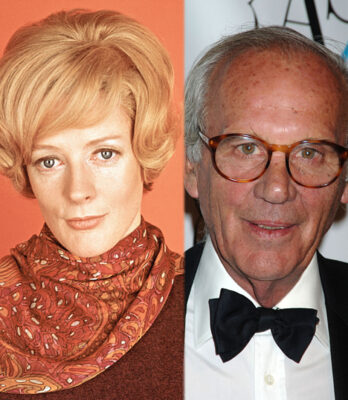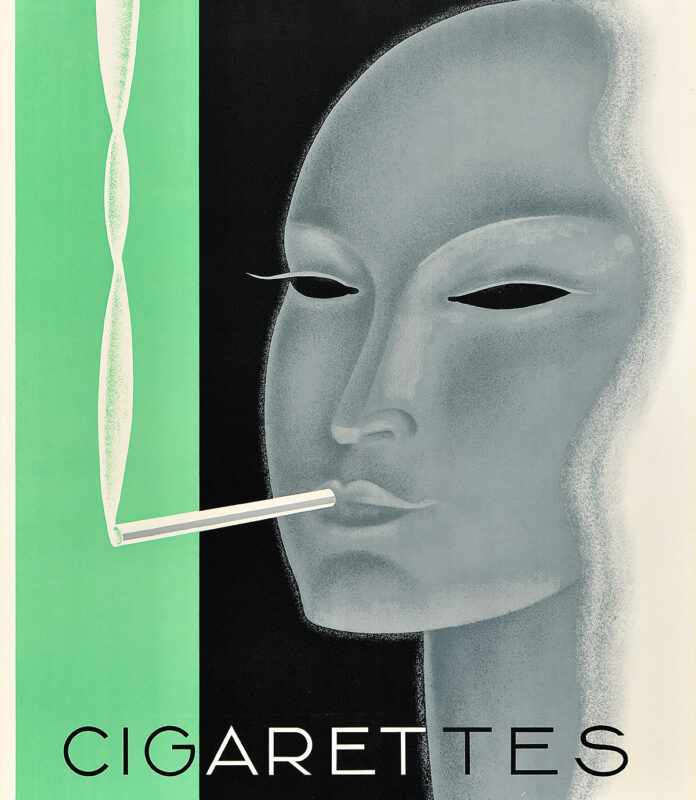
Art & Culture
When Glamour Was the Point
Vintage advertising posters from the Art Deco era promote very different lifestyle goals from those of today.
Everywhere you look at Poster House right now, posh men and women are living their best one percent lives: globetrotting, drinking aperitifs, and dripping in jewels (that are definitely not ethically sourced). It could be a mirror of our post-pandemic rebirth, but for the multitude of Gatsby-esque figures rakishly smoking, passing cigarettes around, and shopping for Dunhill lighters.
What a difference a century makes on popular tastes and advertising. The denizens in question flit about Art Deco: Commercializing the Avant-Garde, the first museum exhibit to bring together over 50 commercial posters created between the late 1920s and the dawn of World War II. They’re the kind of ads you would see pasted up on streets, tobacco stands, and subway platforms.
“It’s an art form that never should have survived,” said Elaine Crouse, the wife of William W. Crouse, a former Manhattanite and biotech venture capitalist whose singular Art Deco poster collection constitutes the bulk of the exhibit. “It was done on very inexpensive paper. It was displayed on the side of a wall or a kiosk to be ripped down in a month or two.”
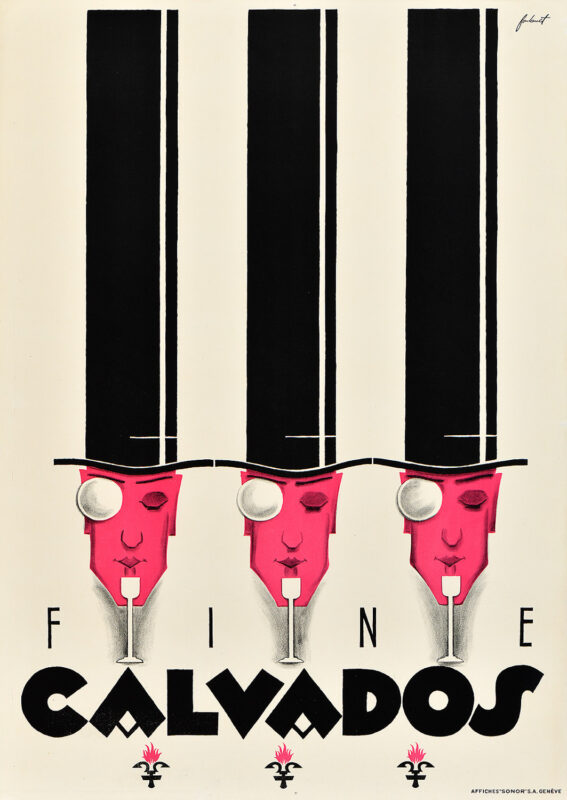
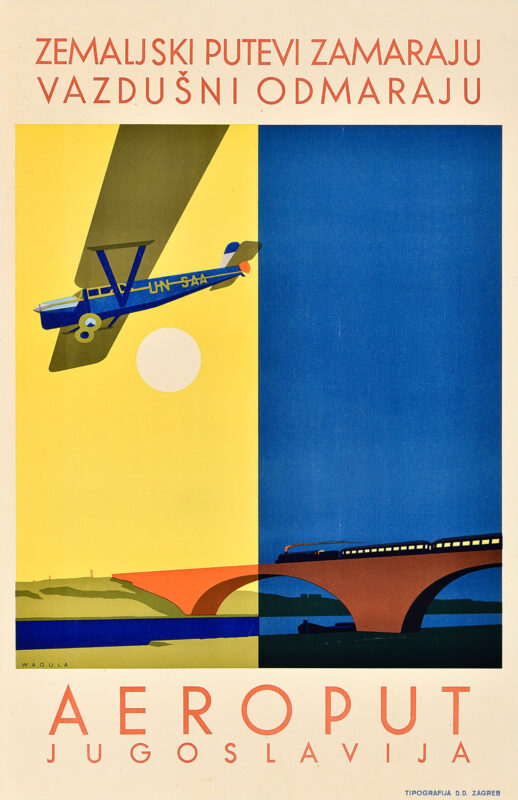
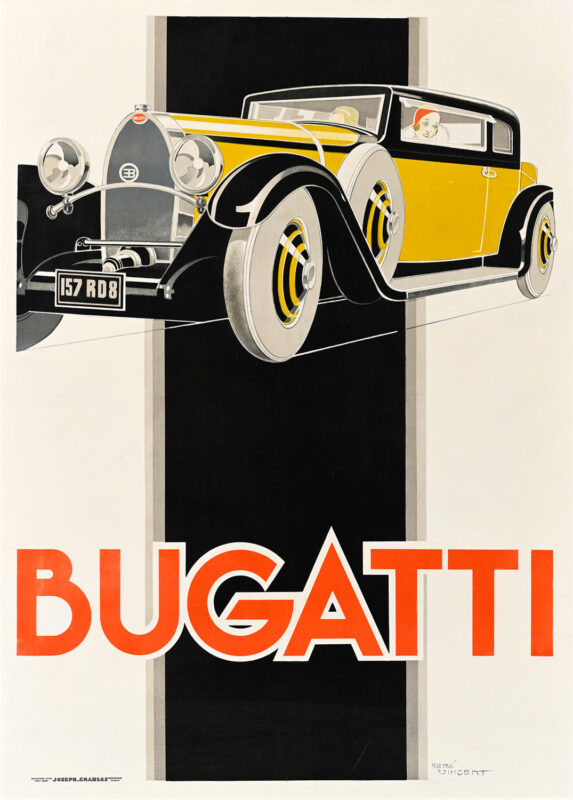
The ads promote aspirational, decadent consumption. A glorious 1932 triptych by A.M. Cassandre flanks one wall, its three taglines building on each other in sequence: du bo (a phonetic play on “du beau”, or “looks good”); du bon (“tastes good”); finally spelling out Dubonnet in full once the character has decided to pour himself another glass. Nearby, two women in flapper caps drive into the future in a spectacular Bugatti poster from 1930, in “a nod to the burgeoning freedoms associated with the ‘New Woman’ of the flapper era.”
The glory of air travel is everywhere, even in posters for goods that have nothing to do with it, because “flight was still a novel and rarified mode of transport,” the curators explain, “and artists capitalized on the public’s sense of wonder.”
Commercial airline travel itself was also hyped in dreamy ways. A 1930 airline poster for Yugoslavian Airlines boldly proclaims: “Train travel leaves you tired; air travel leaves you rested.” A 1937 Imperial Airways ad promises to get you to Asia, Europe, and Africa “by air, in comfort” and depicts a male passenger reclining in what looks like a lie-flat seat as a shapely stewardess hovers by his armrest holding a drinks tray.
Perhaps most shocking of all are the posters shilling cigarettes as the height of cool. Many are punctuated with sexy plumes of smoke. The most alluring promotes the Week-End Cigarettes introduced by the French government’s tobacco monopoly in 1932. Here, three smokers pass a pack between them as they lie about on lounge chairs, inhaling their “goût anglais” (or “English taste”)—the marketing term du jour for light cigarettes. It epitomizes the era’s indolent country club glamor before everything crashed again.
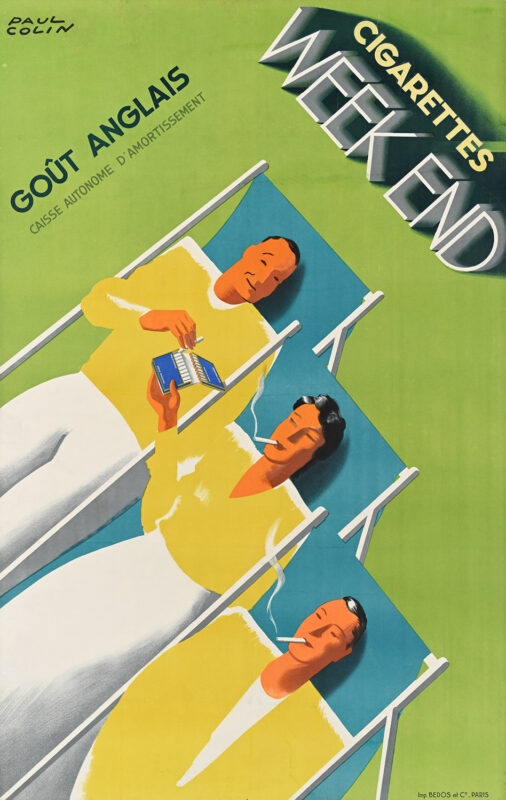
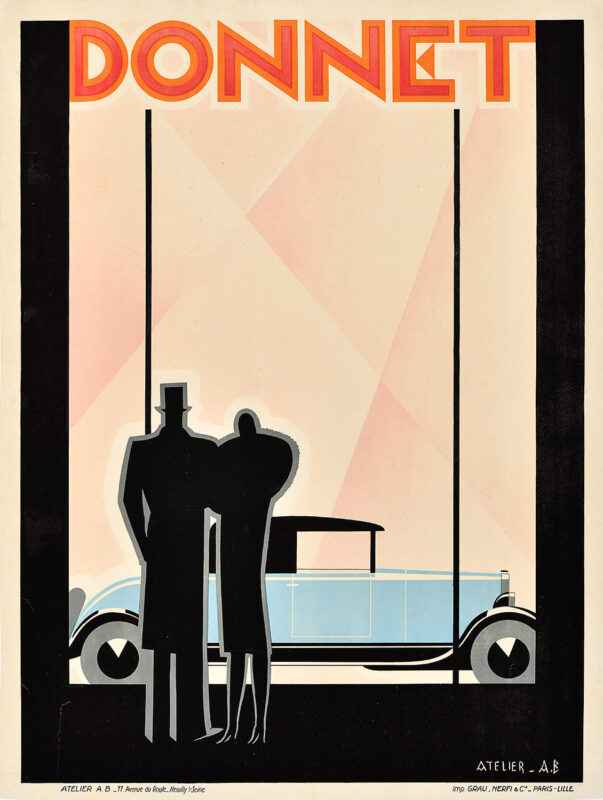
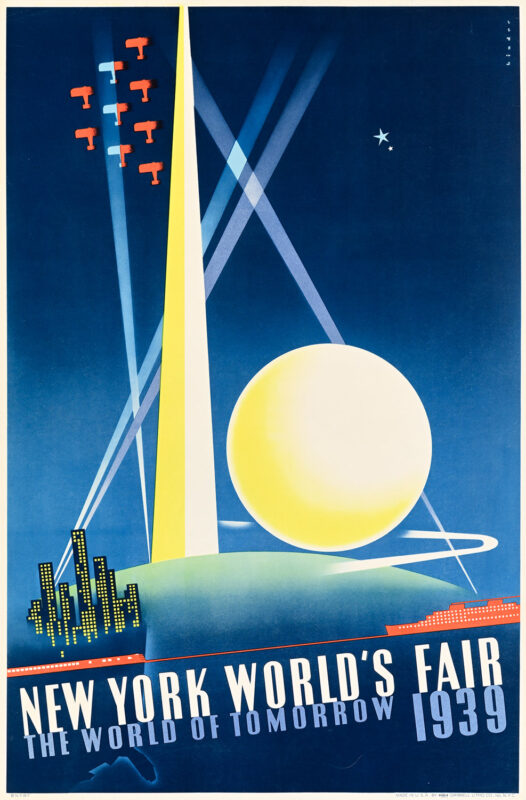
What a marvelous time everyone seems to be having. By comparison, a century later, we’re being sold products to help us stop drinking, air rage dominates the skies, and gruesome smoking ads aim to shock people into quitting for good. Pro tip: Should you feel inclined to light up again after seeing the exhibit, pop into the very-2023 Playland Smoke Shop next door for a sneaky pack. We won’t tell a soul.
Art Deco: Commercializing the Avant-Garde runs until February 25, 2024. The Poster House, 119 West 23rd Street, is free every Friday.
Hero image: Sato Cigarettes, 1933; designer unknown. Collection of William W. Crouse. Courtesy of Poster House
